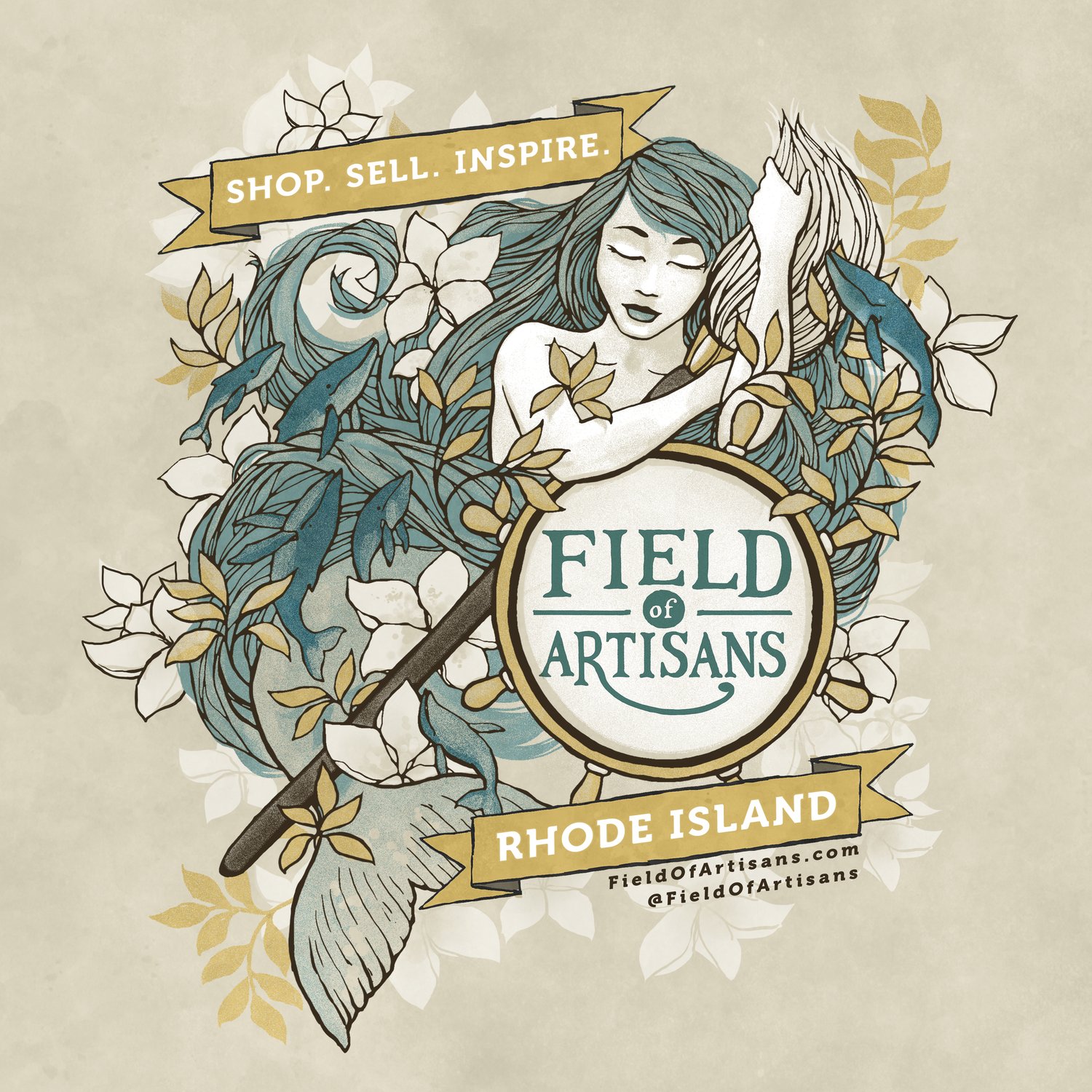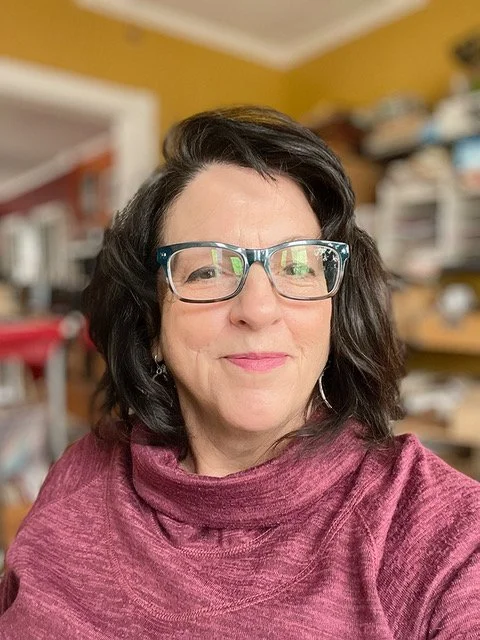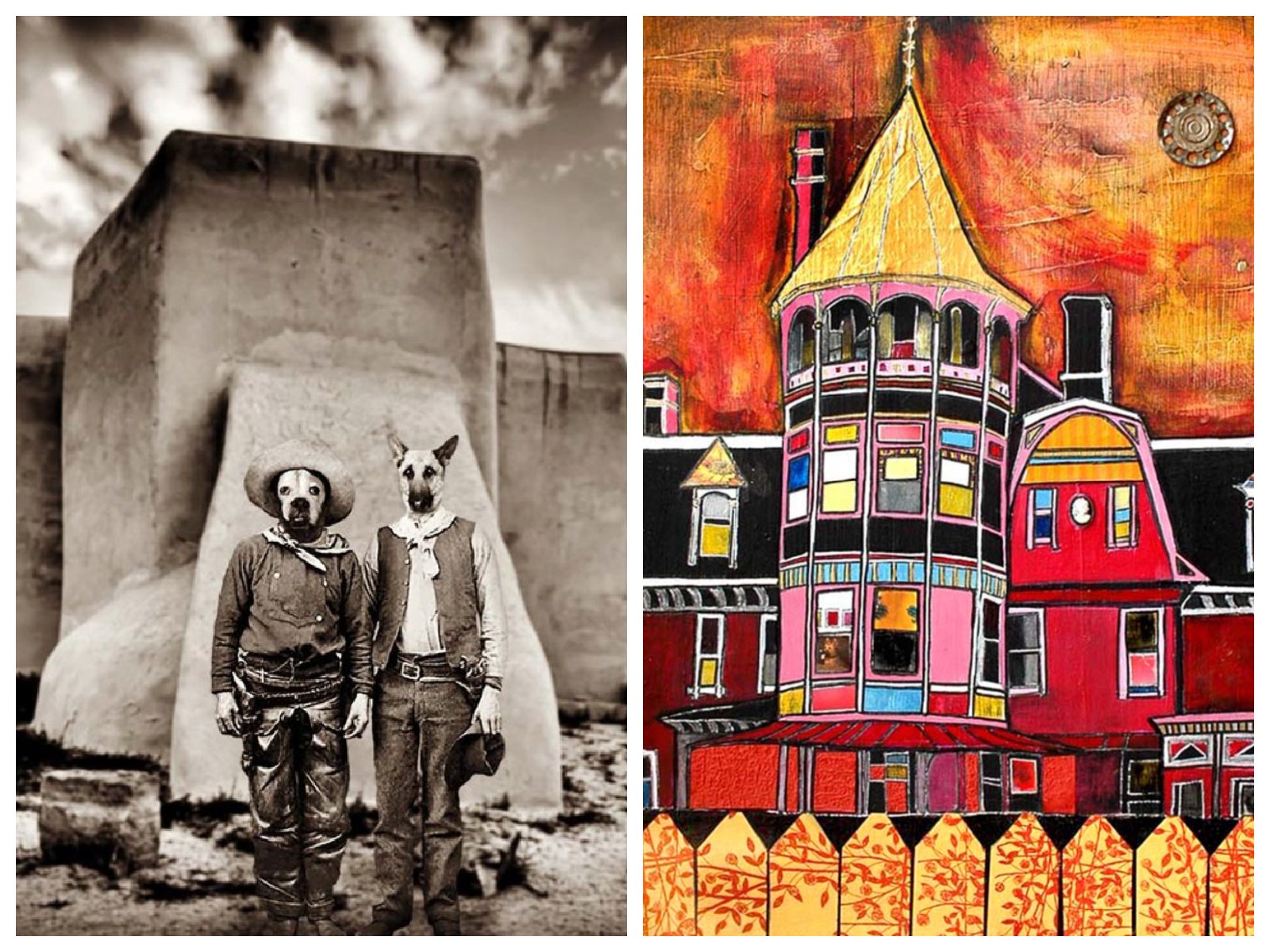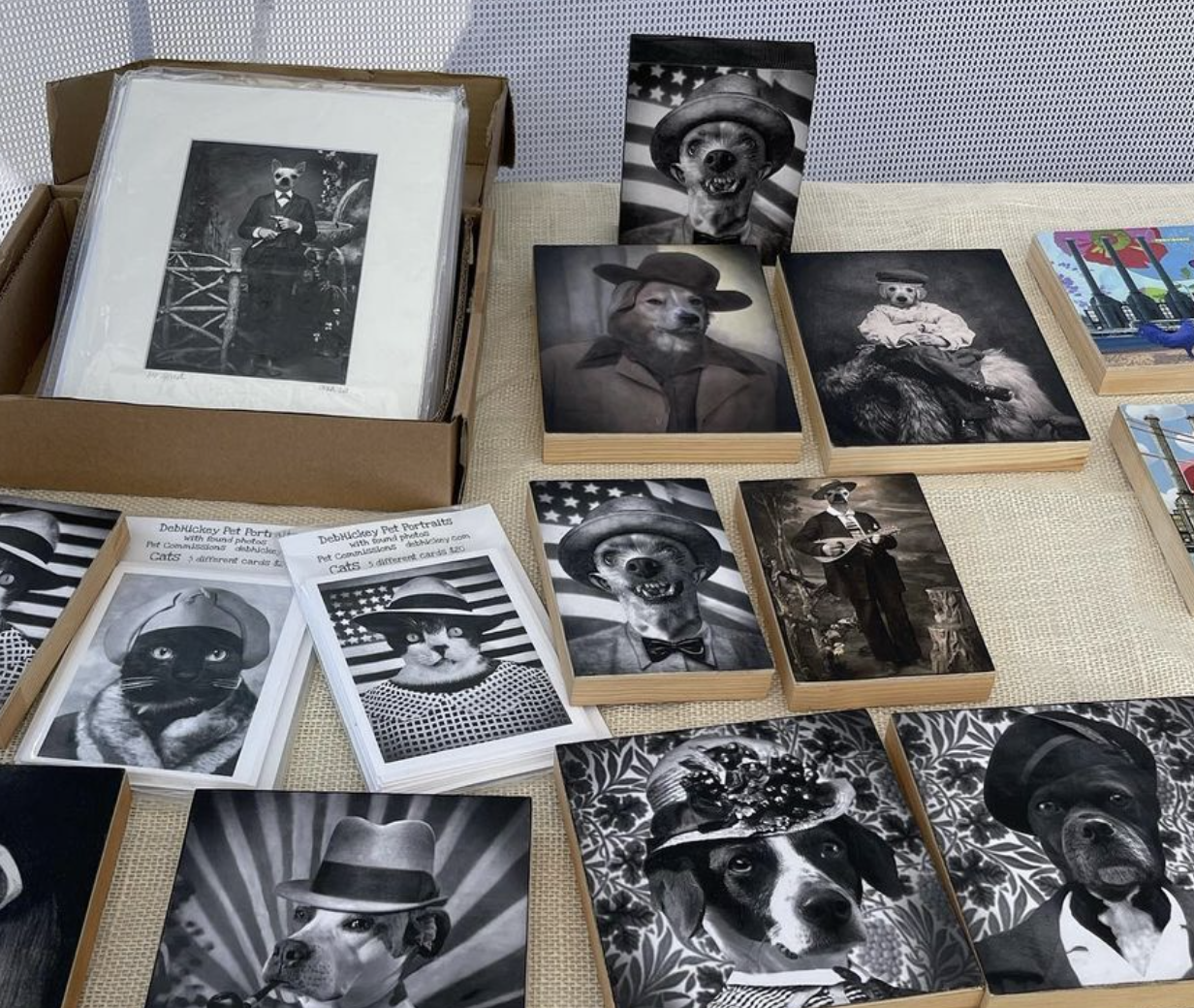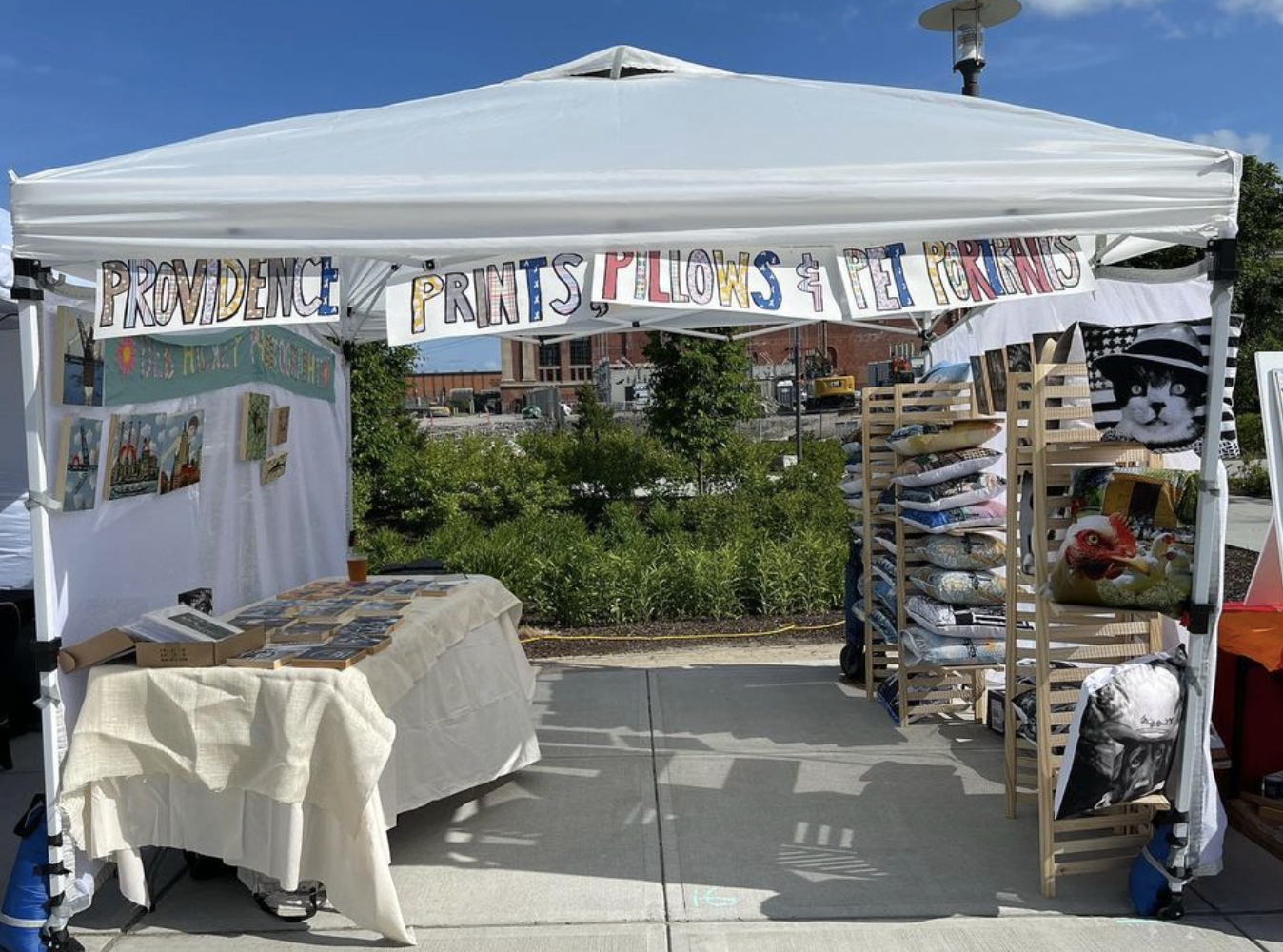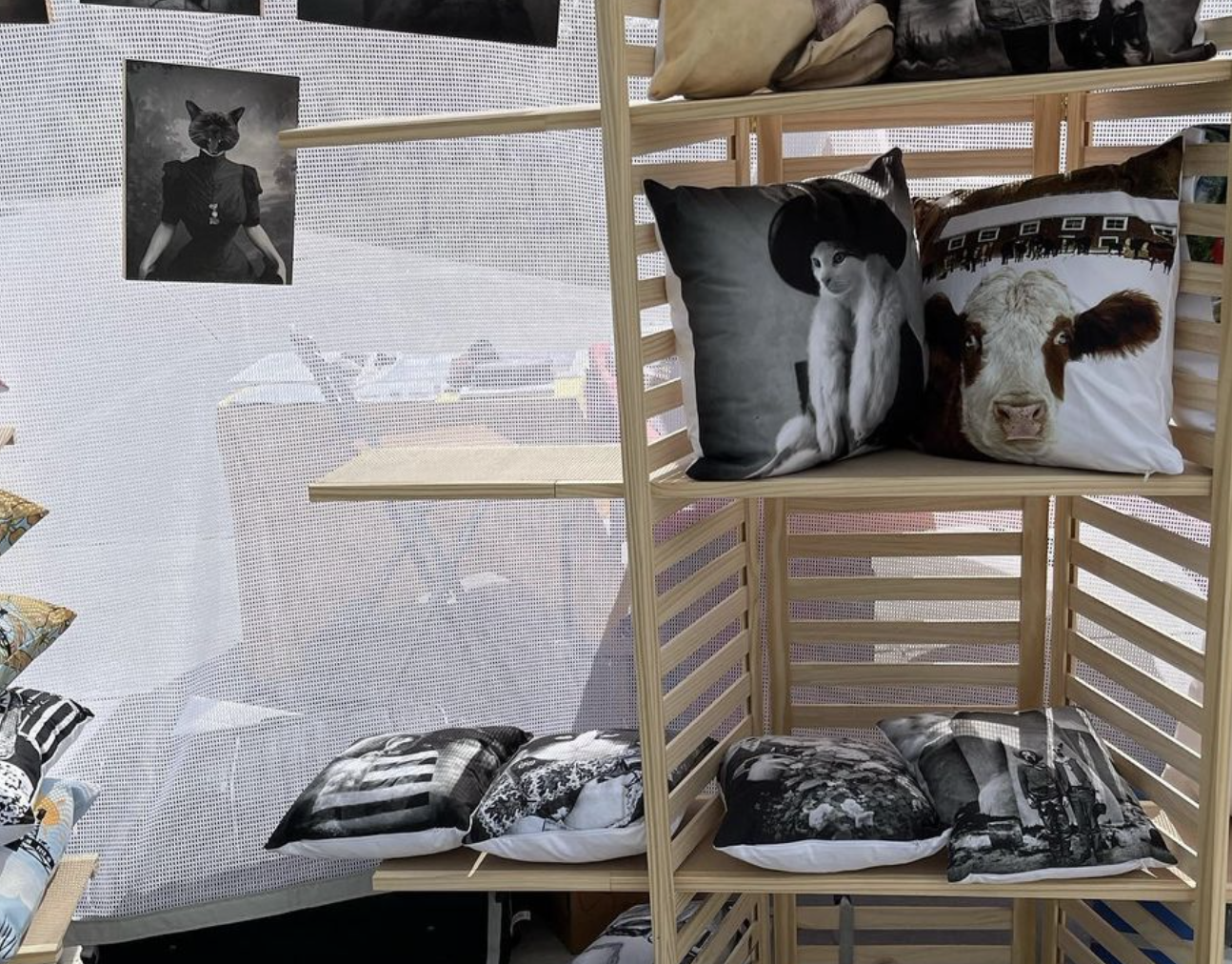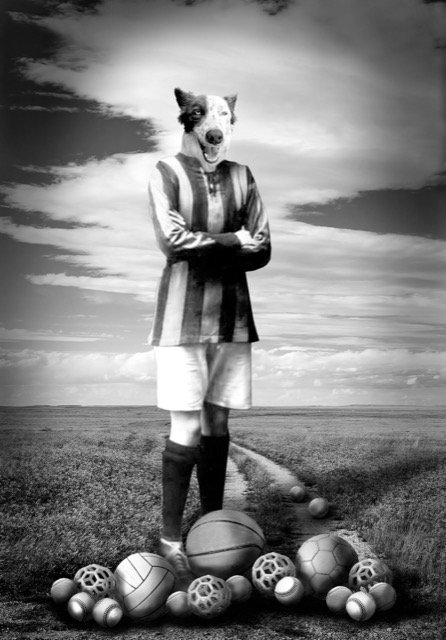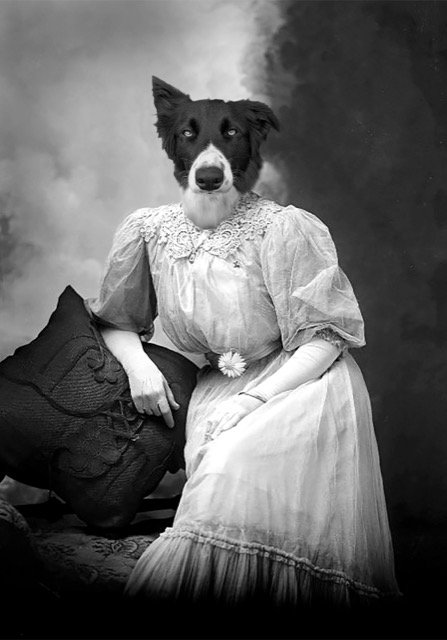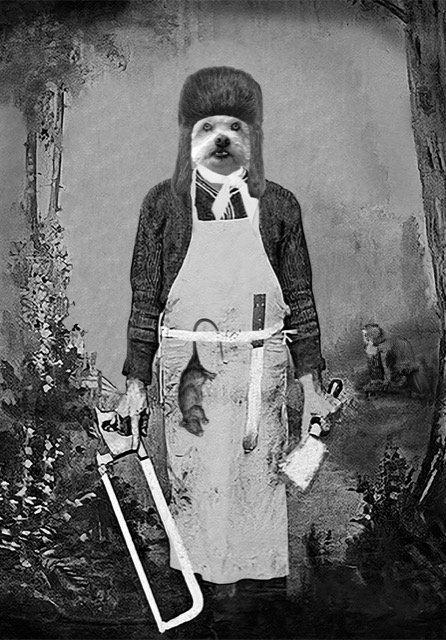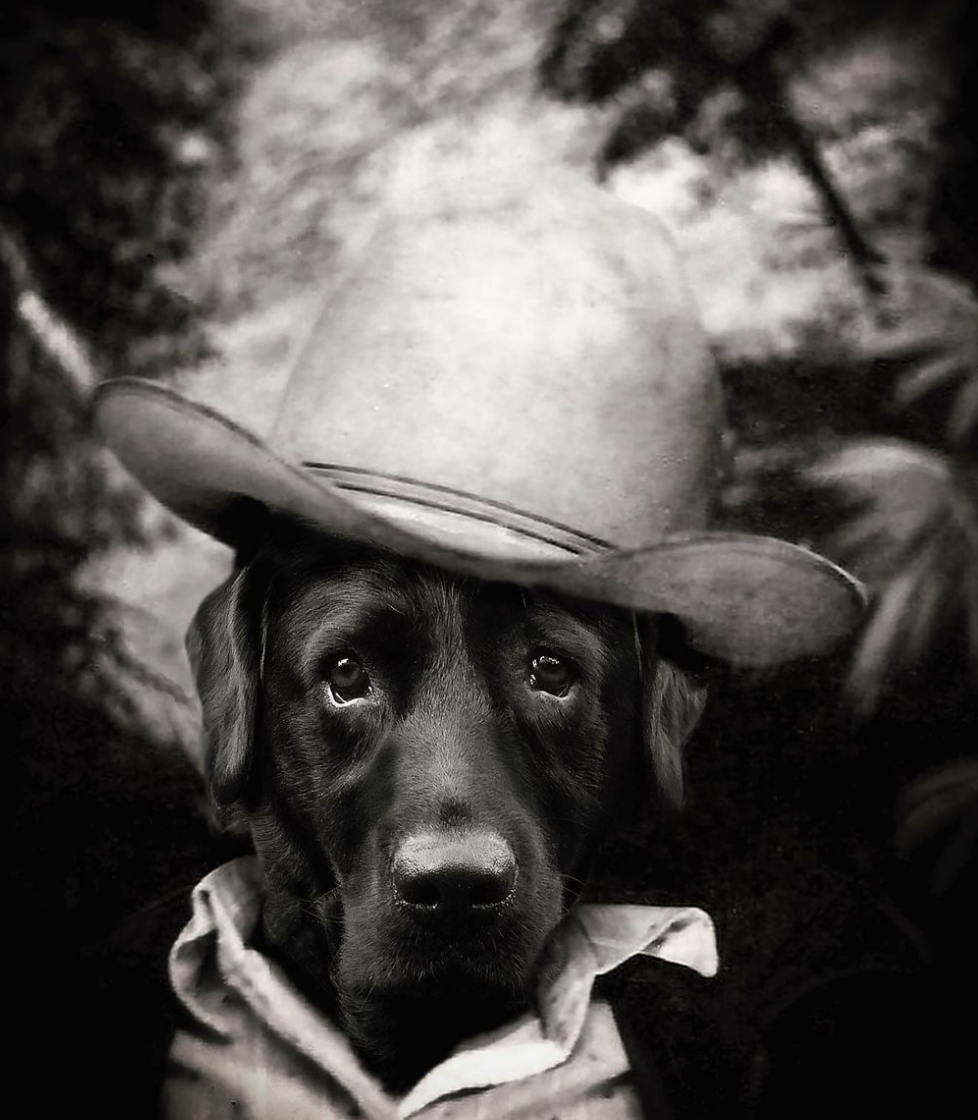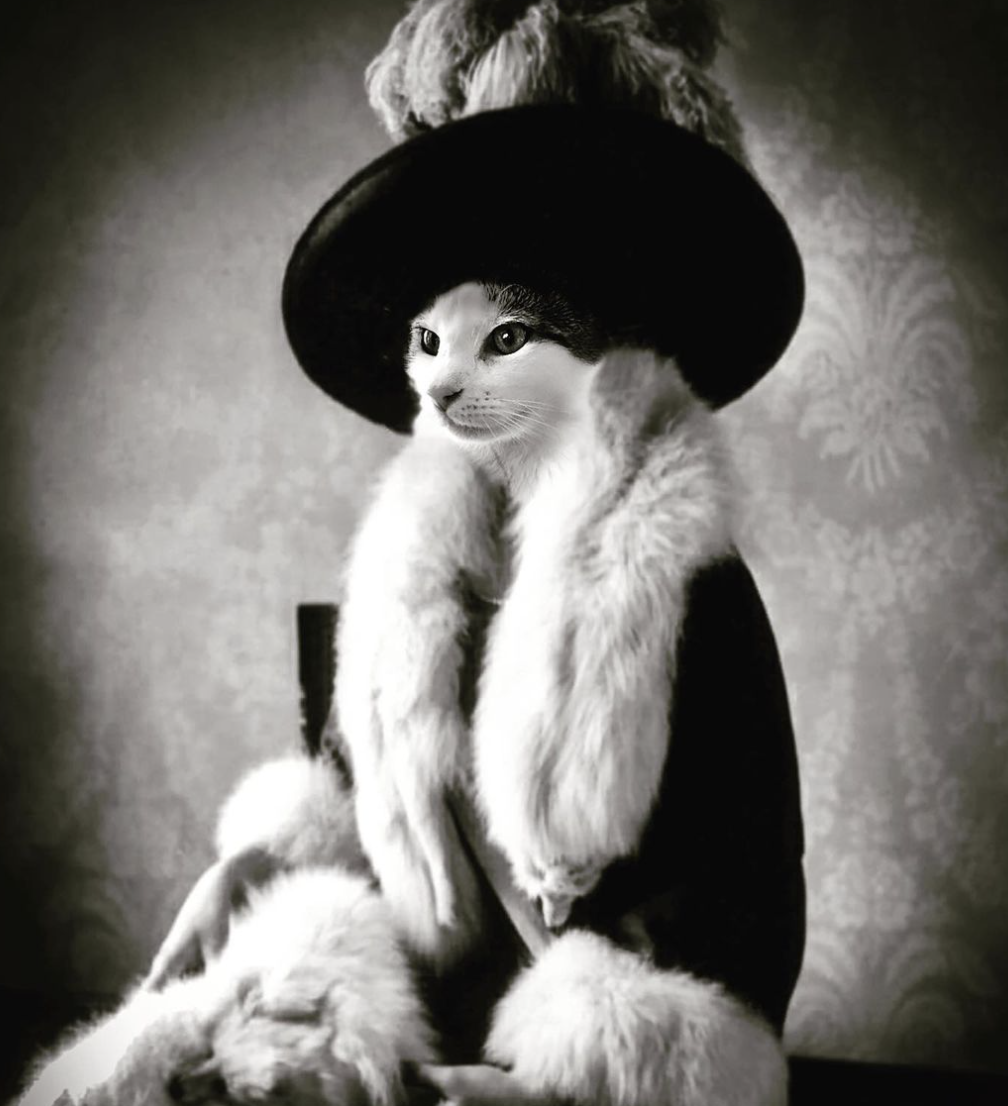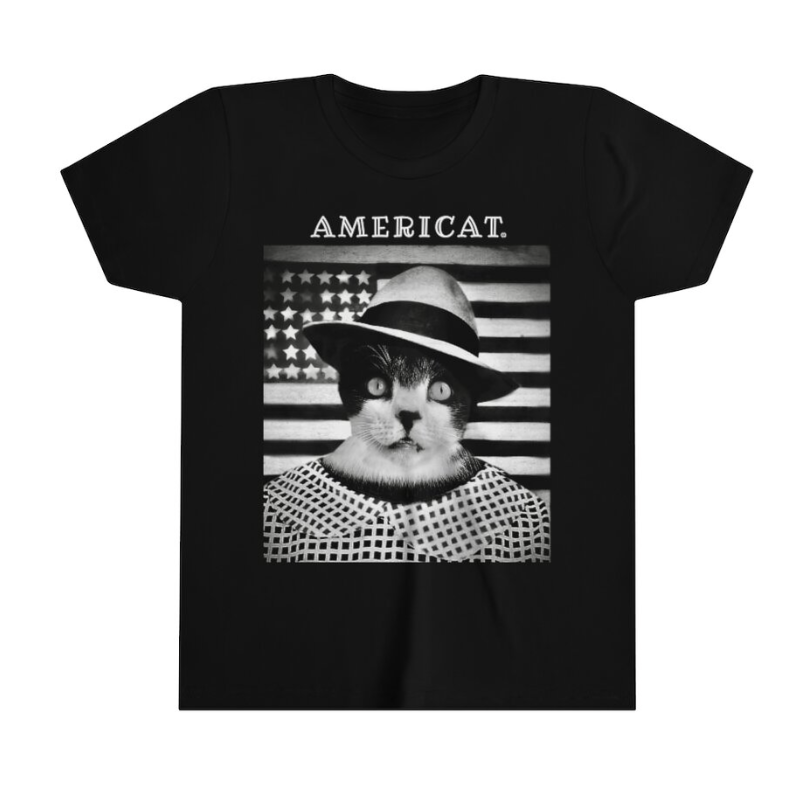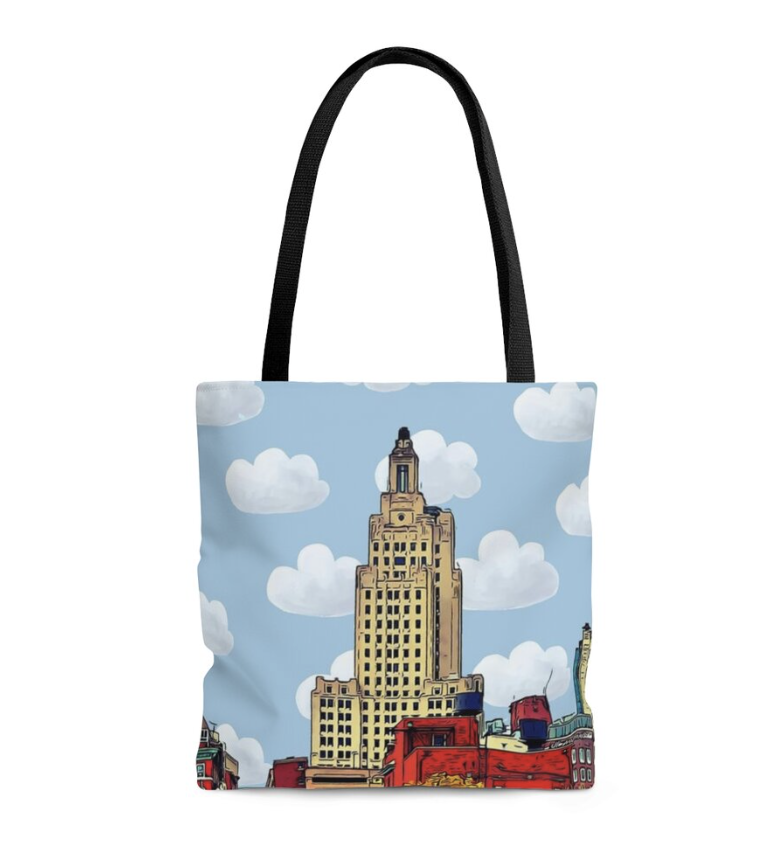Field Interview:
Deb Hickey
Today's interview is with Deb Hickey. Through collage, Deb creates worlds that merge past and present, reality and fantasy, inviting your imagination to travel here, there and everywhere! Learn more (and commission a pet portrait) below!
1. How long were you creating your photo collage work before it became a business?
I started making architectural landscape collages in 2005. While I was traveling, I would collect photographs of buildings, signage, street art, landscapes and other objects and then come home and fill my computer with all my new images. In Photoshop or with other apps I began to create new landscapes with the objects I collected on my journey. In creating new landscapes, I would then create new realities for these photographs to live in.
In February of 2020, before the madness of COVID-19 began, I photographed a friend's pugs in Manhattan. Then traveling shut down (as well as my full-time employment) and I had nothing but time on my hands. I began shuffling through my photos looking for images to collage together and came across the photos of the pugs, Hank and Louie. At this time, I was following someone on Instagram who always posted vintage “found photos” of people and families from the early 1900’s. An idea was born. I chose an image of two men who looked like they were in Central Park and I erased their heads and replaced them with Hank’s and Louie’s heads–and it made me laugh. I continued to create new portraits with animals in my photo archives. I contacted friends and family to send me other pet photos and I was obsessed with my new creations. Putting cats in dresses and dogs in hats was just so enjoyable. My pet portrait business was born.
2. Your body of work consists of digital photo-collages combining photos from the beginning of the 20th century with people's pet photos. Do you have core pieces or collections that you are always creating and have readily available?
I am constantly accumulating found photos. Currently I have over 1500 photos from the early 1900’s in my collection. Once the portraits are final images I can then recreate them with ease. Some of the portraits are printed as 4x6 cards which I sell at art fairs and festivals. My future wish is to begin a series of portraits for myself and then create narratives to accompany those images. I love creating stories.
3. What surface do you find to be the best fit for your collages?
I create my pet portraits digitally for the most part. After I finish a piece in Photoshop and it is approved by the client, I then print the image onto film (image is reversed) and then transfer to paper. Sometimes the paper has been attached to a wooden block and other times it is transferred to paper to be inserted into a mat. The images can also be printed easily on fabric as well.
4. How many elements do you typically incorporate into one collage?
It is always different and depends on the description that the pet owner has given me about the pet. Images can contain between 2-20 different elements. Abby Loves Balls has 21 different elements in the portrait. Her sister Daisy has 3 and her brother Tucker (the F**ker) has 5 elements.
5. Your pet portrait series captures our imaginations! Would you consider pairing portraits with a character narrative? Or do you prefer to leave them up for interpretation?
When I first started making portraits I was given pet photos to experiment with and then I would search for interesting clothing that the head of the pet could fit into. And it was fun, but I wanted to capture something more than just that of a cat in a dress. So I began asking the owners to send a brief description of their pet’s personality or list some hobbies that the family enjoyed. That’s when the portraits took on a life of their own. Then it was the search for the best found photo to match the personality that was most enjoyable. Sometimes I find the perfect fit at once and other times I will give the clients 3 sketches to choose from.
Down the road a bit, I’d like to create a book that contains the portraits as well as the stories that were told to me of these beloved pets. As well as, stories and images that I have constructed from new portraits.
6. What is your favorite time period to pair with pet faces?
I usually choose photos where the sitter and the photographer are unknown and they are at least 100 years old and in the public domain. What I enjoy about the early 20th century photos is the back drops that were used as well as the addition of hats! Lots and lots of hats. If a dog or cat has really prominent ears I tend to forgo the hat because it will disguise its personality instead of enhancing it. Most of the photos I use are also in black and white or sepia which gives a quiet dignity to the portrait.
7. How do you approach custom orders? Does the person provide the photos of their pet?
Every portrait is a custom order. The portraits I create are a collaboration between the photo the owner takes and the found photograph I have searched for. Sometimes I have to provide tips to the owner about taking a better photo. I usually just use the head and neck of the animal. The entire head should be in the image. The eyes should be in focus and it does help if the mouth is open or there is an expression on the dog’s or cat’s face. I encourage people to shoot at the same level as the pet to get the best photo. At times there is a little back and forth with the client which I like because the best portraits start with the clearest photographs of their pet.
8. Do you have pets?! Are they pictured around your house?
I have 2 cats. Lady Jane Fancy Pants and Pedro Martinez. I don’t really have a lot of photos of them around the house. I do have some photos of pets that have since passed away.
9. You've found a way to successfully sell artwork that may typically be 2D on a variety of 3D surfaces (pillows, totes, etc), widening your category offering and in turn expanding your customer base. What would your advice be to a fellow artisan who wants to enter a new category without compromising their signature style and work?
I think it depends on what the artist wants for their work. It is easy to translate a photograph or image to 3D surfaces but not everything is going to translate to a pillow or tote bag, nor should it. That is up to the discretion of the creator. If you feel it will compromise the integrity of your work and lessen its value then expanding in that direction would not be for you. I usually find the more graphic images work better on pillows or tote bags (like Americat).
When I started making my Providence collages on boards, I started thinking how awesome they would look as pillows. I liked the idea of taking them off the wall and putting them on the couch. When I was making my pet portraits and decided to expand to pillows, I noticed how much kids liked them. They loved picking them up and squeezing them. (micro suede fabric)
10. Dream collaboration? Can be a specific person, general person, company, etc. What would you create together?!
I’d love to design pillows with an interior designer, highlighting my providence collages as well as the pet portraits. Also I’d like to create a line of children’s clothing using my pet portraits. In the future I’d like to take some of my portraits on a journey (story) by working on a stop motion video project that I would need to collaborate with someone on.
